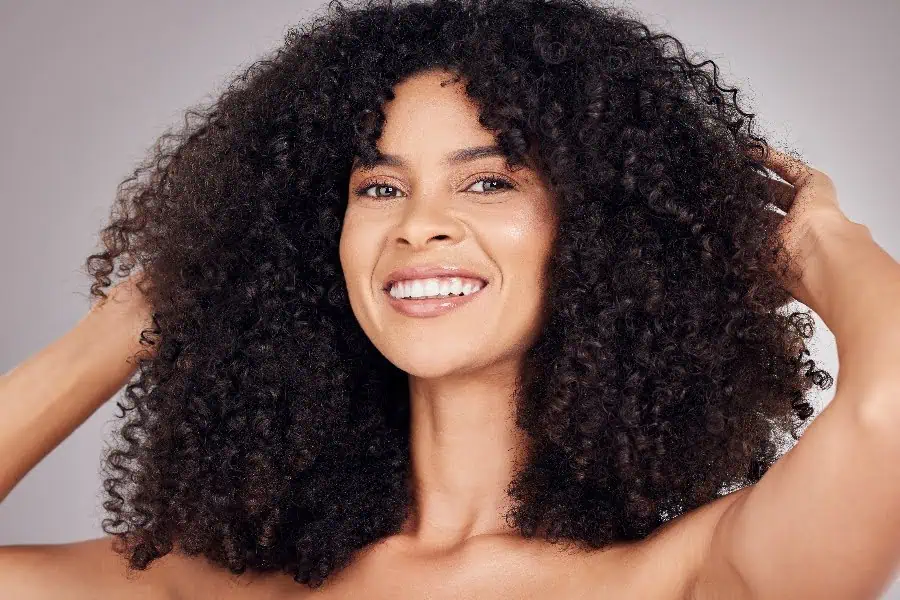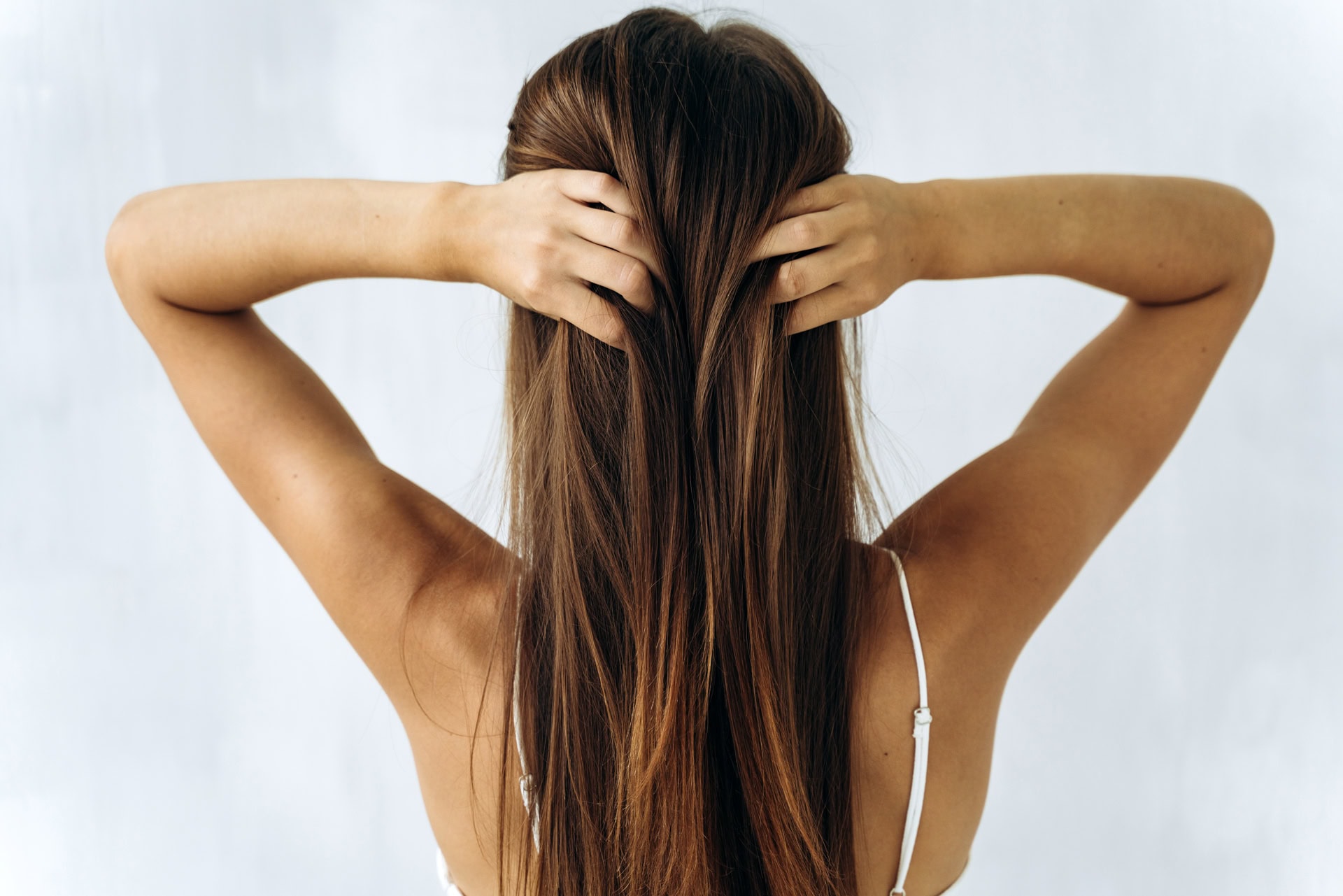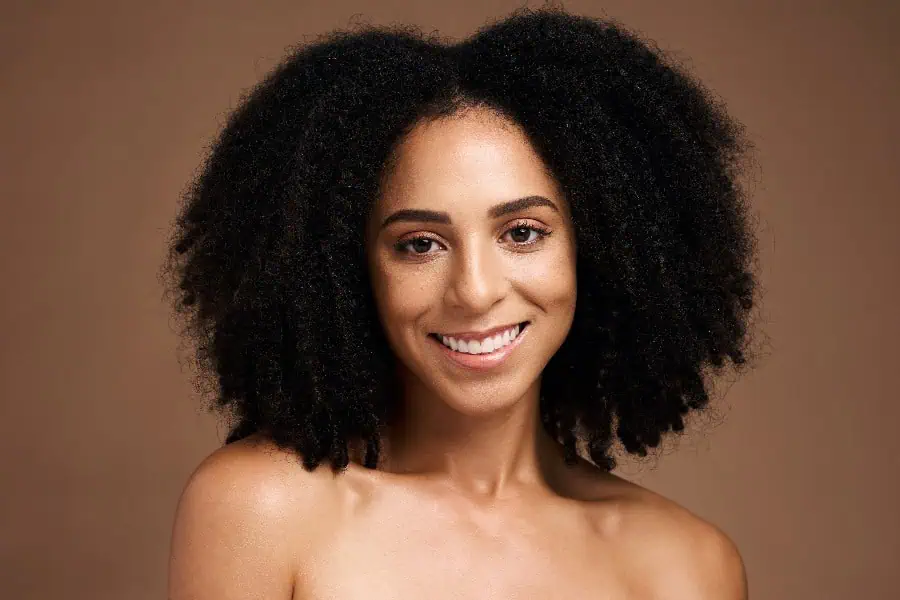
- Free Standard Shipping To Au On Orders $150+

Leave-in conditioner is a powerful hair care product that can transform dry, frizzy hair into smooth, manageable tresses. Unlike a rinse-out conditioner that is washed away, leave-in formulas continue working their magic throughout the day. To use leave-in conditioner effectively, apply it to damp, towel-dried hair, focusing on the mid-lengths and ends while avoiding the roots.
Proper application techniques can make a significant difference in the results you achieve. Applying leave-in conditioner to damp hair allows it to penetrate the hair shaft more effectively, providing deeper hydration and nourishment. It’s essential to choose a formula that suits your hair type and concerns, whether you’re dealing with dryness, frizz, or damage.
Regular use of leave-in conditioner can lead to softer, shinier, and more resilient hair over time. It helps to detangle knots, reduce breakage, and protect strands from environmental stressors. By incorporating this versatile product into your hair care routine, you can enjoy healthier, more manageable hair with minimal effort.
Alright let’s dive in and discover how to make the most of your leave-in conditioner with these 10 simple techniques that will leave your hair smoother, shinier, and more manageable.
Leave-in conditioner is a hair care product designed to moisturise and nourish hair without being rinsed out. Unlike regular conditioner, it’s applied after you wash your hair and left in to provide ongoing benefits throughout the day.
Leave-in conditioners offer numerous advantages for hair health and manageability.
They provide deep hydration, helping to combat dryness and frizz. Many leave-in conditioners contain nourishing ingredients like glycerin, aloe vera, and various oils such as jojoba, argan, and coconut oil. For those with dry or coarse hair, a leave-in conditioner can sometimes replace hair oil to add shine and tame frizz.
Tame the Frizz, Embrace the Shine
Say goodbye to bad hair days. Explore our range of frizz-fighting leave-in conditioners and hello to smooth, manageable hair.

Selecting an appropriate leave-in conditioner is crucial for achieving optimal results. The right product can address specific hair concerns and enhance overall hair strength.
The basic application method is a straightforward way to use leave-in conditioner effectively. It focuses on proper distribution and amount for optimal results.
The spray bottle method offers a convenient way to apply leave-in conditioner evenly throughout the hair. This technique is particularly useful for those with fine or easily weighed-down hair, as it allows for better control of product distribution.
To create a DIY leave-in conditioner spray:
To apply:
This method allows for precise application, reducing the risk of product build-up. It’s especially beneficial for those with fine hair or oily roots, as it helps avoid over-conditioning the scalp area.
The praying hands technique offers an effective way to apply leave-in conditioner, particularly for those with curly or wavy hair. This method helps distribute products evenly and minimises frizz.
To perform the praying hands technique, one should start by applying a lightweight leave-in conditioner to damp hair. The user then presses their palms together as if in prayer, sandwiching a section of hair between them. They slide their hands down the length of the hair, from roots to tips.
This motion helps to smooth the cuticle and encourage curl definition. It’s crucial to use enough product to coat the hair without weighing it down. For best results, one should work in small sections, ensuring even coverage.
The praying hands method is particularly effective for reducing frizz and enhancing curl patterns. It allows for better product distribution compared to raking or scrunching techniques. This approach can significantly boost shine and improve overall hair texture.
For those with high porosity hair, this technique can be especially beneficial. It helps seal the cuticle, locking in moisture and preventing frizz. The smooth, downward motion of the hands mimics the natural direction of the hair cuticle, promoting a sleek appearance.
Curl Power: Enhance Your Natural Texture
Embrace your curls and waves. Explore our curl-enhancing leave-in conditioners and unlock the secret to defined & bouncy hair.

The rake and shake method is a highly effective technique for applying a leave-in conditioner, particularly for those with curly hair. This approach ensures even product distribution and helps define curl patterns.
To perform the rake and shake method, start with damp hair:
The rake-and-shake method also helps to seal in natural oils and moisture. It can provide some protection against heat and UV damage when using a leave-in conditioner with these properties.
For best results, avoid touching the hair excessively while it dries to maintain curl definition and minimise frizz.
Overnight deep conditioning with leave-in conditioner provides intense hydration and nourishment for hair. This technique is particularly beneficial for those with dry, damaged, or curly hair types.
To perform an overnight deep conditioning treatment:
For those with fine hair seeking volume, concentrate the product on the ends and use sparingly near the roots. This technique can be done weekly for dry hair or fortnightly for normal to oily hair types.
Layering leave-in conditioners with other styling products enhances their effectiveness and provides superior hair protection. This technique works well for various hair types, including textured, fine, and oily hair.
To maximise the benefits of leave-in conditioner and other styling products, apply them in the correct order.
By layering products thoughtfully, you can repair and restore damaged hair while achieving your desired look. This technique helps protect hair from heat styling and environmental stressors, promoting overall hair health.
Leave-in conditioner is a versatile product that can breathe new life into hair between wash days. It helps maintain moisture, tame frizz, and restore definition to curls and waves.
To refresh second-day hair:
This technique helps maintain the hair’s overall health by reducing the need for daily washing and heat styling.
Concentrating leave-in conditioner on the ends of your hair is crucial for maintaining healthy, strong strands. This technique targets the most vulnerable parts of your hair, preventing damage and promoting overall hair health.
The ends of your hair are typically the oldest and most exposed parts, making them prone to dryness, split ends, and breakage. To combat these issues, apply a generous amount of leave-in conditioner to your hair’s last 5-8 centimetres. Gently work the product through using your fingers or a wide-toothed comb.
For those with particularly dry or damaged ends, consider using a bit more product in this area. This extra attention helps to seal the hair cuticle, reducing frizz and flyaways while providing much-needed moisture.
Try wrapping your ends in a microfibre towel for 10-15 minutes after applying the leave-in conditioner to maximise the benefits. This allows the product to penetrate more deeply, offering enhanced protection and nourishment.
Remember, healthy ends contribute significantly to the overall appearance of your hair. By focusing on this area, you’ll notice improved texture, reduced brittleness, and potentially even better hair growth as breakage is minimised.

Leave-on conditioners can be an effective heat protectant when styling hair with hot tools. This dual-purpose approach helps streamline one’s hair care routine.
To begin, apply leave-in conditioner to damp, freshly washed hair. Start with the ends and work your way up, ensuring even distribution throughout the hair.
For optimal heat protection, follow these steps:
It’s important to note that while leave-in conditioner offers some heat protection, it may not provide the same level of defence as dedicated heat protectants. Combining both products can benefit those frequently using high-heat style or other heat tools.
When using leave-in conditioner as a heat protectant, apply it generously to ensure adequate coverage. Pay extra attention to the ends of the hair, which are most susceptible to heat damage.
Leave-in conditioner can serve as an effective heat protectant when styling hair with hot tools. This dual-purpose approach helps streamline one’s hair care routine.
To begin, apply leave-in conditioner to damp, freshly washed hair. Start with the ends and work your way up, ensuring even distribution throughout the hair.
For optimal heat protection, follow these steps:
It’s important to note that while leave-in conditioner offers some heat protection, it may not provide the same level of defence as dedicated heat protectants. For those who frequently use high-heat styling tools, combining both products can be beneficial.
When using leave-in conditioner as a heat protectant, apply it generously to ensure adequate coverage. Pay extra attention to the ends of the hair, which are most susceptible to heat damage.
After application, style hair as usual with hot tools. The leave-in conditioner will help create a barrier between the hair and the heat, reducing potential damage and maintaining moisture.
Here are some of the common mistakes to avoid while using leave-in conditioner:
Nourish from Root to Tip
Your hair deserves the best care. Browse our collection of nutrient-rich leave-in conditioners and our entire hair care range and give your strands the love they crave.

Leave-in conditioner is a versatile hair care product that can significantly improve hair health and manageability. Its proper use can lead to softer, smoother, and more manageable hair. Regular application of leave-in conditioner can protect hair from damage caused by heat styling, environmental factors, and daily wear and tear. It’s particularly beneficial for those with dry, frizzy, or curly hair types.
Experimenting with different application techniques can help users find the method that works best for their hair type and texture. Some may prefer applying it to damp hair, while others might find it more effective on dry hair. Remember to start with a small amount and adjust as needed. Overuse can lead to greasy or weighed-down hair. Choosing the right product for your specific hair type is crucial for optimal results.
Remember, leave-in conditioner good for most hair types when used correctly. It protects hair from various forms of damage and can significantly improve your hair’s overall health and appearance. Whether you’re dealing with frizzy hair or dry ends or just want to maintain healthy locks, incorporating a leave-in conditioner into your hair care routine can make a noticeable difference.
Don’t be afraid to experiment with different brands and formulations. What works for one person may not work for another, so finding your perfect match may take some trial and error.
For our cool hair and skin care blogs see our breakdown on ‘what is a weave’, and ‘what to use for Afro hair in winter?’
Check out our latest hair and skincare blogs, including our detailed guides on “What is a Weave?” and “What To Use For Afro Hair In Winter“
Share



*Minimum purchase of $30